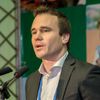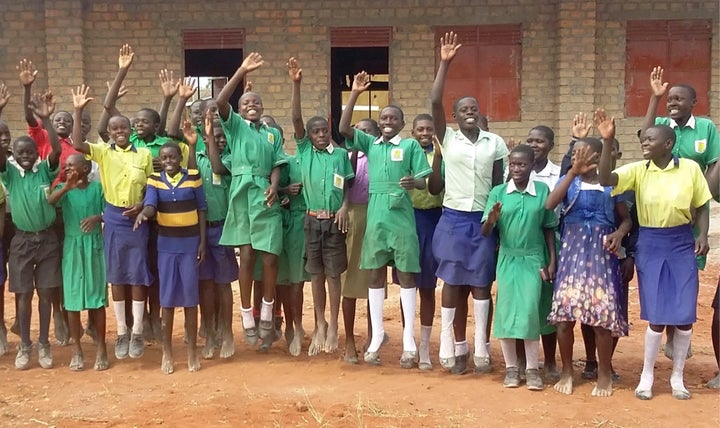
The theme of this guest post by Mercy Owuor, Community Programs Director at Lwala Community Alliance, is community-driven solutions. Both Lwala and Building Tomorrow listen to, learn from, and work with their beneficiaries to achieve wonderful advances in education and health in their communities. It inspires us, as a proud supporter of both organizations, to give space and voice to our own community of 200+ grantees and to drive our philanthropic work. We are all in this together—a community of creative collaborators solving the greatest challenges facing young people in East Africa.
As my bus made its way across the Kenya-Uganda border, I looked out the window at the expansive Ugandan landscape. The long and winding roads gave me a clear impression of how far children must walk to get to the nearest school. My colleagues and I were in the midst of our own long journey from our home in Western Kenya. We were en route to visit an organization called Building Tomorrow. The goal of the visit was to answer one simple question: how can we better position local communities to lead their own change?
Lwala Community Alliance, the organization I work for, drives improvements in health and education outcomes in rural Kenya. Our philosophy is that the most effective way to achieve these outcomes is through catalyzing communities to drive bottom-up transformation in health and education systems. We believe that when government, development partners, parents, and teachers view one another as partners a caring community forms and begins the journey of change. Building Tomorrow shares this vision.
However, our models are up against the status quo of international aid, which relies on top-down solutions developed by entities far away from the communities they are meant to serve. In solidarity with organizations like Building Tomorrow, Lwala seeks to prove that community-driven solutions not only have superior outcomes, but are also uniquely positioned to transform systems. So, through this learning visit (sponsored by mutual partner Segal Family Foundation), we sought to compare participatory methods and develop a shared understanding of how our community-led models could lead to scalable solutions.
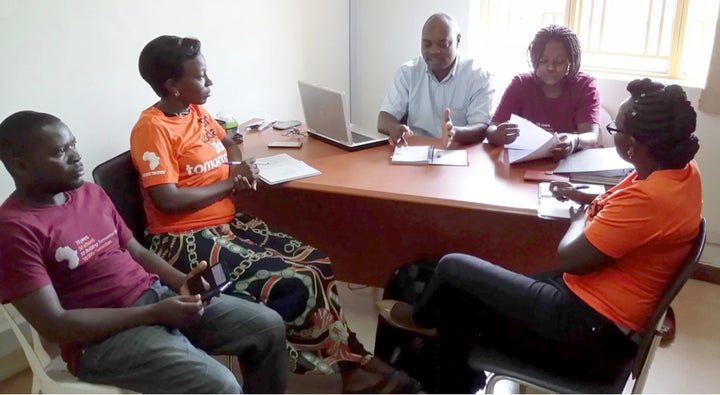
After a treacherous commute through the intense Kampala traffic and an introductory chai (tea) with Building Tomorrow staff, we set off on a three-hour drive to observe the construction of the Kyambogo Primary School in Central Uganda. Mr. Geoffrey Amaiokucy, the construction manager, explained how they worked with the local construction committee and the school director, Mr. Julius, who personally donated the land for the school. Mr. Amaiokucy, a native of the region, told us how the community had been badly affected by civil war in the early 1980s. Families were sparsely scattered and dependent on game meat for survival. Mr. Julius emphasized the fact that school construction in Kyambogo is essentially meaningless without also building the community partnerships. He explained, “The right to education seems obvious to many people but not in war-torn communities like Kyambogo. It only serves the purpose if the school is built by the community and for the community, building on existing local capacities and partnerships.”
We entered one of the newly-built classrooms where the construction committee had assembled for a discussion. The committee was diverse! There were young men and women, as well as village elders, all of them full of passion and zeal. They explained to us that this construction project was more than just voluntary labor, it was about investing in their own community and the future of the children in their village. Their faces expressed the pride they experienced in seeing the school transform from its original reed and mud walls into a beautiful school with dedicated teachers and happy children.
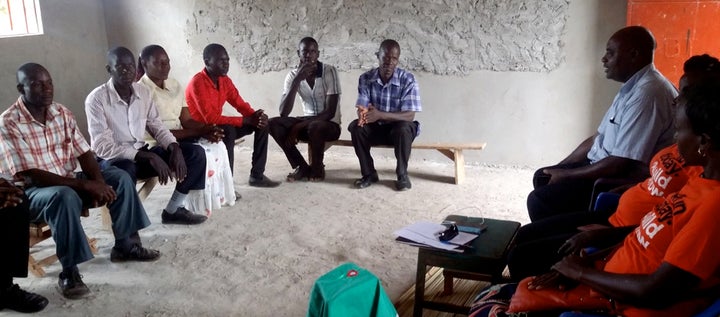
Mr. Stephen Kibalikoba, a 70-year-old man chosen to lead the construction committee, said, “I want to see our children enjoy learning, they deserve it just like other children who are privileged to have good schools. They are our future. We are here today, and tomorrow we are gone. If we don’t build for tomorrow, we will have lived for nothing.”
Mr. Kibalikoba’s wisdom and great leadership was clear and inspired the team to keep going. The community members are filled with hope that the school will create many change leaders for many generations to come. “I didn’t get this kind of education, which I believe would have changed my life,” said one of the committee members. “I still have the chance to make that change for my children and my neighbors’ children.”

Their attitude reminded me of a proverb told in my family: Ants are very tiny and invisible, but they have the power to do the impossible, including building anthills that cannot be washed away by rain. They know they need each other to succeed and will organize themselves and take one step at a time.
Through working with local communities and the Ministry of Education, Building Tomorrow has supported the construction and development of 53 schools across Uganda, providing quality education to over 10,000 children. Even more, they have developed a scalable model with the potential to transform the face of education in Uganda.
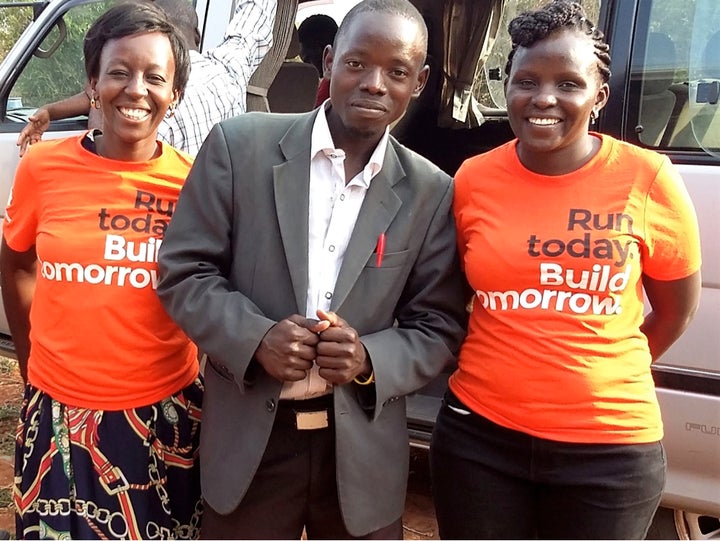
Through similar partnerships in Kenya, Lwala has cut under-five mortality and increased gender parity in education across a population of 30,000 and, at the invitation of the government, is expanding its model to reach one million people.
Together, organizations like Building Tomorrow and Lwala are proving that community-driven solutions, just like those very tiny ants, have the power to build sustainable systems that cannot be washed away.
